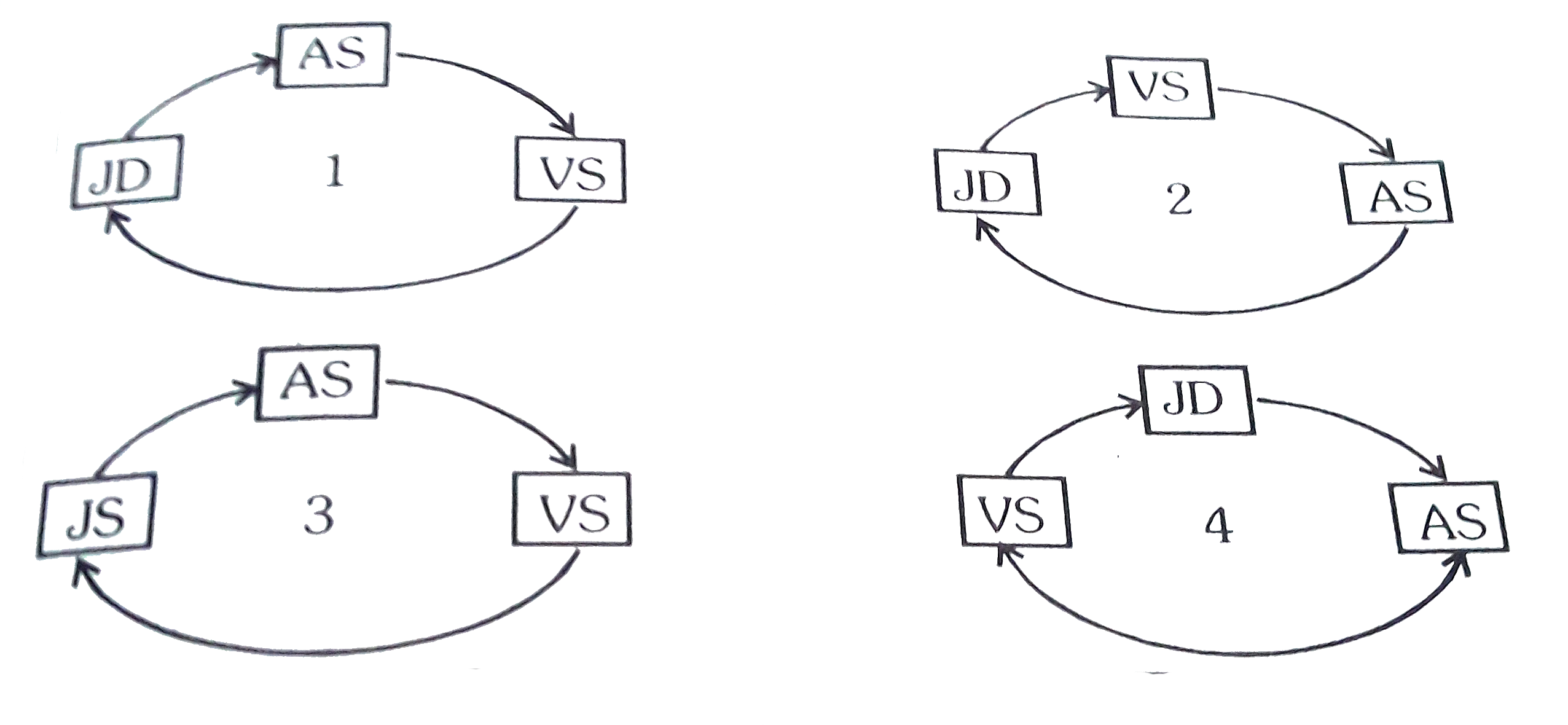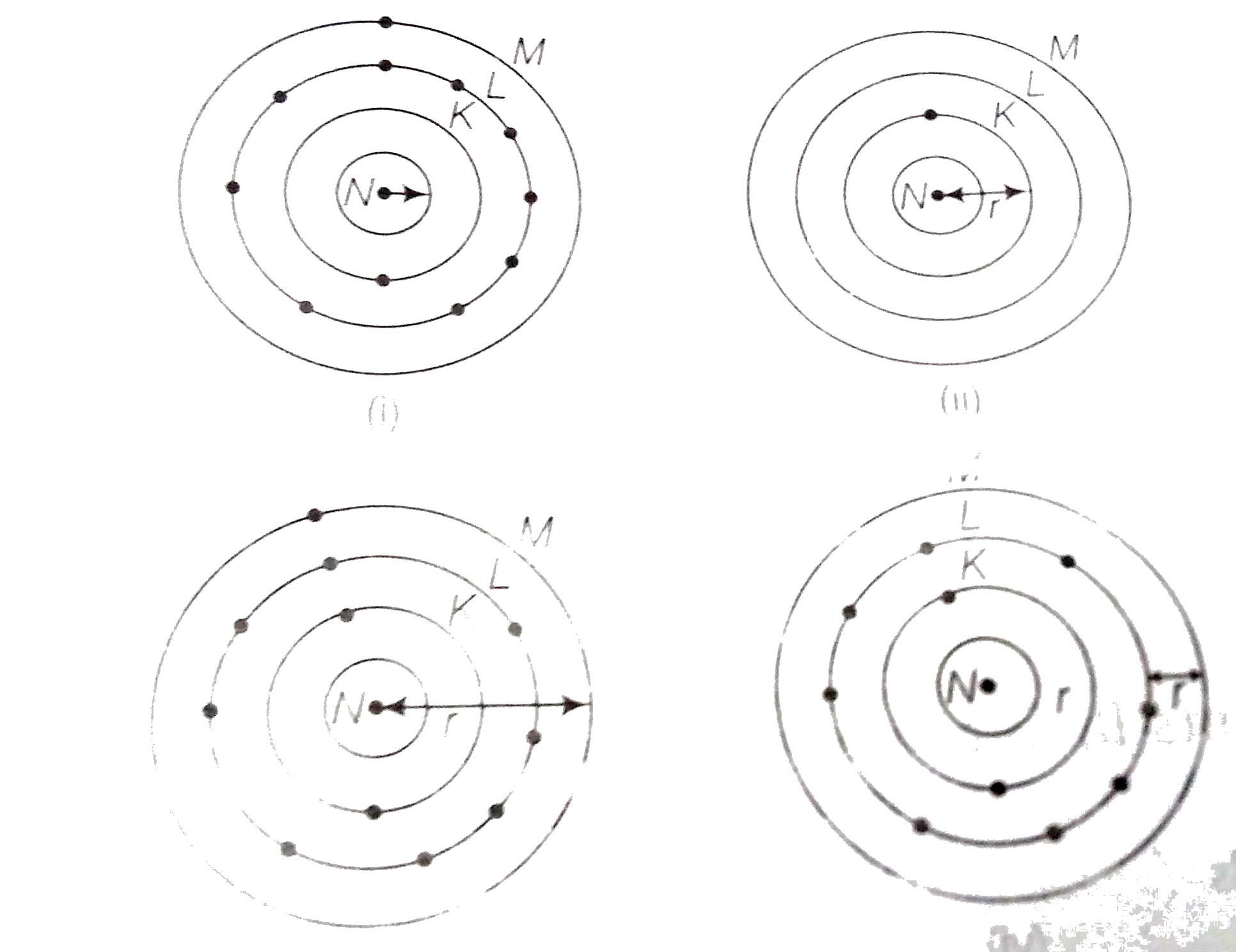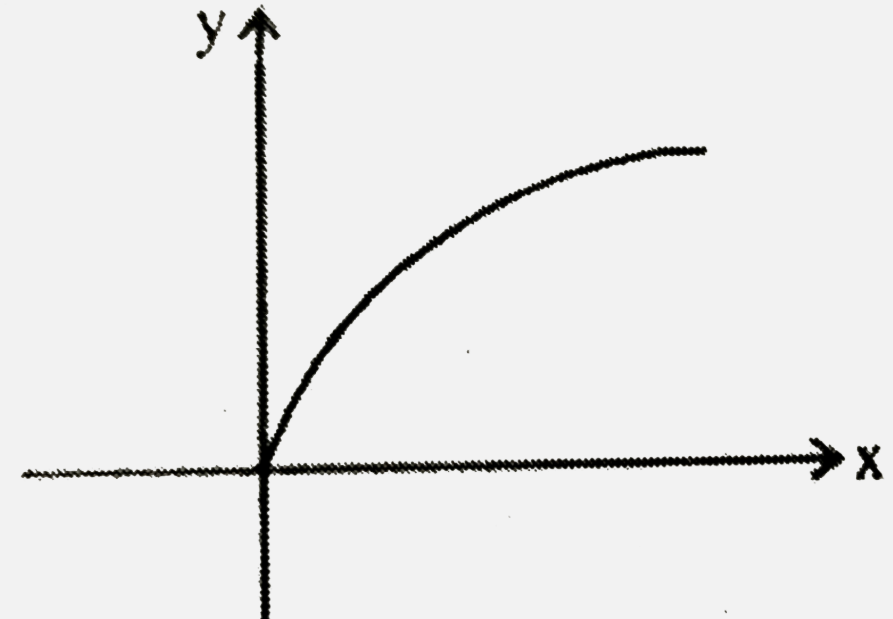Which of the following give the correct representation of Hardy-Weinberg equation?
Both(2) and (3)
The correct Answer is:D
To solve the question regarding the correct representation of the Hardy-Weinberg equation, we can follow these steps:
Step 1: Understand the Hardy-Weinberg Principle
The Hardy-Weinberg principle states that the genetic variation in a population will remain constant from one generation to the next in the absence of disturbing factors. This principle is mathematically represented through specific equations.
Step 2: Identify the Components of the Hardy-Weinberg Equation
The Hardy-Weinberg equation involves two alleles, typically designated as:
- p: frequency of the dominant allele
- q: frequency of the recessive allele
According to the Hardy-Weinberg principle, the sum of the frequencies of the alleles must equal 1:
p+q=1
Step 3: Write the Expanded Form of the Hardy-Weinberg Equation
The genotypic frequencies can be expressed as:
p2+2pq+q2=1
Where:
- p2: frequency of homozygous dominant individuals
- 2pq: frequency of heterozygous individuals
- q2: frequency of homozygous recessive individuals
Step 4: Analyze the Given Options
Now, let's analyze the options provided in the question:
1. p + q + 2pq = 1: This is incorrect because it does not represent the Hardy-Weinberg equation.
2. (p + q)^2 = 1: This is correct since squaring the sum of the frequencies gives us the expanded form.
3. p^2 + 2pq + q^2 = 1: This is also correct as it is the expanded form of the Hardy-Weinberg equation.
4. Both second and third: Since both the second and third options are correct, this option is also correct.
Step 5: Conclusion
The correct representation of the Hardy-Weinberg equation is given by options 2 and 3. Therefore, the answer is:
Both second and third.
The Hardy-Weinberg principle states that the genetic variation in a population will remain constant from one generation to the next in the absence of disturbing factors. This principle is mathematically represented through specific equations.
The Hardy-Weinberg equation involves two alleles, typically designated as:
- p: frequency of the dominant allele
- q: frequency of the recessive allele
p+q=1
The genotypic frequencies can be expressed as:
p2+2pq+q2=1
Where:
- p2: frequency of homozygous dominant individuals
- 2pq: frequency of heterozygous individuals
- q2: frequency of homozygous recessive individuals
Now, let's analyze the options provided in the question:
1. p + q + 2pq = 1: This is incorrect because it does not represent the Hardy-Weinberg equation.
2. (p + q)^2 = 1: This is correct since squaring the sum of the frequencies gives us the expanded form.
3. p^2 + 2pq + q^2 = 1: This is also correct as it is the expanded form of the Hardy-Weinberg equation.
4. Both second and third: Since both the second and third options are correct, this option is also correct.
The correct representation of the Hardy-Weinberg equation is given by options 2 and 3. Therefore, the answer is:
Both second and third.
Topper's Solved these Questions
Similar Questions
Knowledge Check
Which of the following equations is correct ?
ACO2→H2CO3→HCO−3+H+BCO2+H2OCarbonic⇐===⇒anhydraseH2C3Carbone⇐===⇒anhydraseH++HCO−3CCO2+H2O⇒CH4+2O2DCO2+H2O⇔CO+H2O2
Which of the following equation is correct ?
View SolutionWhich of the following is the correct representation of organisation levels in beings ?
View SolutionWhich of the following is the correct representation of electon dot structure of nitrogen ?
View SolutionWhich of the following is correct representation for Allene compound?
View Solutionwhich is the correct representation of cardiac cycle.

View SolutionWhich one of the following depict the correct representation of atomic radius (r) of an atom ?

View Solution
Which of the following is the best representation of the following graph ?
View Solution